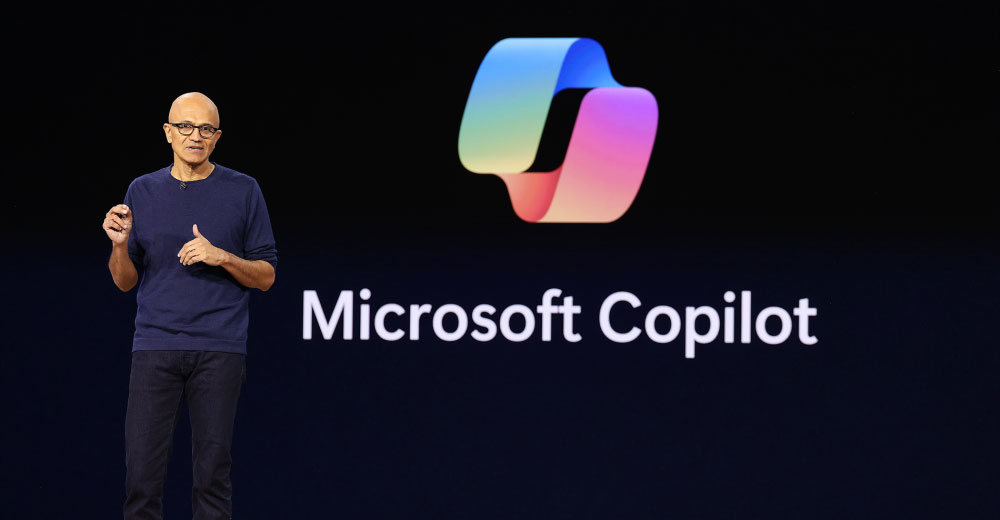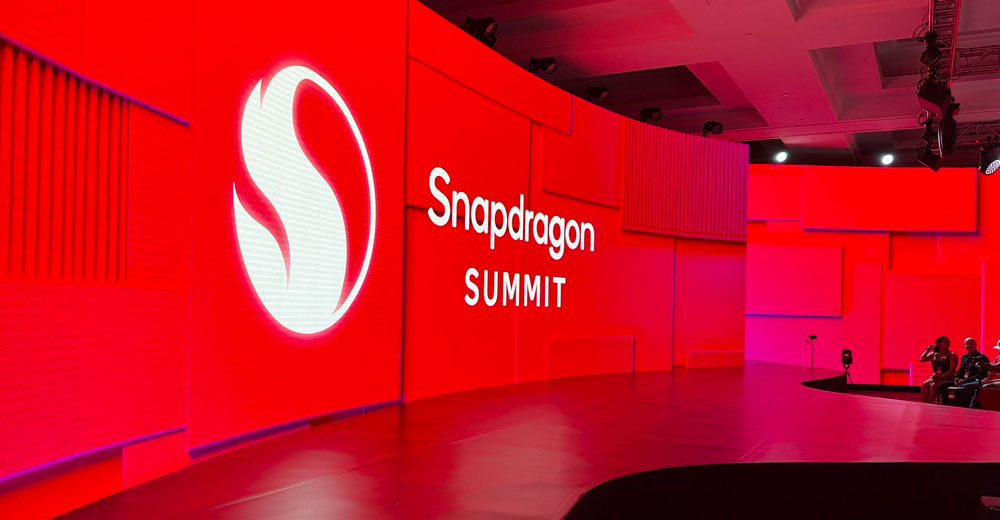E-commerce shops based in North America that are not yet selling in Europe are missing out on expanding their customer base and increasing profits.
Europe’s market size, at US$631 billion and rising, has over 540 million mostly affluent consumers. That’s why it is no surprise that thousands of North American brands have decided to start selling there.
Getting started requires some research about the tax and selling regulations in place for member countries of the European Union (EU). For instance, not all of them use the euro, and laws and taxes vary across European nations, including those that are not EU members.
Basic information is available from numerous internet sources. These include shipping companies and e-commerce platforms.
Sellers based in North America must register for a Value Added Tax (VAT) before they can begin selling operations in Europe. This handy PDF explains the registration process in detail.
According to Jordi Vermeer, VP of revenue for North America at global e-commerce platform ChannelEngine, the level of North American-based e-commerce activity in Europe is a somewhat broad question to answer.
“Europe has a more complicated and advanced marketplace landscape, with a wider variety of channels in the various countries and nice markets. For instance, some countries don’t have Amazon as a leading platform,” Vermeer told the E-Commerce Times.
Planning for Selling in Europe
One approach to beginning to sell to Europe is to update your retail site and let customers order from you directly. That might well be your first step.
Even if you go it alone, you must adhere to various EU and non-EU regulations. Other things to consider are translating your product and buying information, and do not forget about translating reviews, too.
A handy way to do this is to include a Google Translate link. Also, consider offering different payment options suitable for European consumers. Ensure you have reliable shipping details with provisions for handling returns from unsatisfied buyers.
Eventually, you will discover that solutions to many of these start-up tasks are conveniently wrapped up by subscribing to an international marketplace. Many established online marketplaces can help you break into the European market. These include Etsy, Amazon Global, Argos, Shopify, and eBay.
Other options include e-commerce platforms such as PrestaShop, Woo Commerce, and OpenCart.
The first steps in planning to sell into European markets are figuring out where and what to sell, how to comply with local tax and regulatory requirements, and how to ship your goods and fulfill orders.
Going Behind the European E-Commerce Marketplace
Currently, around 35% to 40% of ChannelEngine’s North American clients actively sell or plan to sell in Europe. The nature of the company’s products helps brands generate additional revenue streams by using existing platforms and their traffic (marketplaces) to expand their brand presence, Vermeer explained.
We asked him to explain the process of North American-based retailers selling into European marketplaces in more detail.
Why should North American-based -e-commerce merchants consider selling in Europe?
Europe is a perfect destination for North American brands. It is comprised of highly developed countries where e-commerce penetration is strong and continues to grow.

Jordi Vermeer: Expanding into a new region is an effective way to grow your brand and increase revenue. Provided you execute well and avoid common pitfalls, it can transform your business.
First, there is a large pool of potential consumers in Europe, and they love shopping online. There will be an estimated 564 million European online consumers in 2025, according to Statista, and more than 91% of Europeans (aged 16-74) use the internet. 75% of them shop online, according to the European Commission. Most active online consumers are concentrated in the 27 EU countries and the United Kingdom.
Second, European consumers have a high purchasing power parity. This is good news for brands worried about their margins eroding due to the cost of selling overseas. As European consumers are relatively affluent, price is not always the main factor in buying decisions, depending on the product, of course.
Are e-commerce merchants on their own as they seek inroads into selling to Europe?
Vermeer: Europe has a diverse e-commerce landscape with many highly successful channels beyond well-known players like Amazon and eBay. North American sellers should not be put off by this. Using a platform with ChannelEngine’s deep knowledge, expertise, and established connections lets our clients operate successfully in the region.
How does your platform help independent retailers get started with marketing to European customers?
Vermeer: In addition to a dedicated customer success manager who develops a channel strategy with our clients, we offer a wealth of learning materials to educate sellers on the top-performing channels by country and industry.
We have three ebooks that help guide sellers through various market niches. One is The European Marketplace Strategy Guide. The second is The Home & Living Marketplace Guide Europe. The third, titled Ecommerce in Europe made easy: A blueprint for US companies, guides US companies through understanding market differences.
Editor’s Note: Completing a form is required to access the ChannelEngine ebooks. The E-Commerce Times is not compensated.
How else does ChannelEngine assist American e-commerce shops in maximizing and increasing revenue by selling into Europe?
Vermeer: ChannelEngine’s integration software is a complete platform and partner ecosystem rolled into one. We enable brands to integrate all their separate e-commerce channels into one streamlined platform. Brands can manage their orders and inventory, update pricing and promotions, syndicate product listings, and visualize entire sales operations without leaving their ChannelEngine account.
What best practices are involved with starting to sell into European markets?
Vermeer: Planning, preparation, and overall strategy are important to develop first. This includes defining goals and scope [marketplaces, countries, assortment] and the seller model that works best for you [1P, 3P, Merchant of Record, or reseller model].
Getting started with listings, translation, and getting in the first results are key to developing further. Determining the right fulfillment setup: Cross-border, 3PL, FBA, and MCF are all considerations. A returns and customer service strategy is also essential.
What basic rules or guidelines must North American e-tailers follow to sell in Europe?
Vermeer: The European market landscape is fragmented. Instead of “selling in Europe,” brands need to think about “selling in France, Germany, the Netherlands, Poland, etc.”
Each national market has its own trends, buyer profiles, and select marketplaces. So, sellers will need to engage with all of them as they expand into different countries.
Why is the European sales marketplace so strong and growing?
Vermeer: Doing multichannel sales is inevitable in Europe, whereas in the U.S., just selling on Amazon could be enough. It has many great vertical-specific, niche, or local hero channels on which sellers need a presence to be successful in Europe.
Using local partners to help develop and implement your strategy can accelerate your growth. They understand the market, help ‘localize’ content, and can handle a large part of the work if you lack resources.























































Social Media
See all Social Media